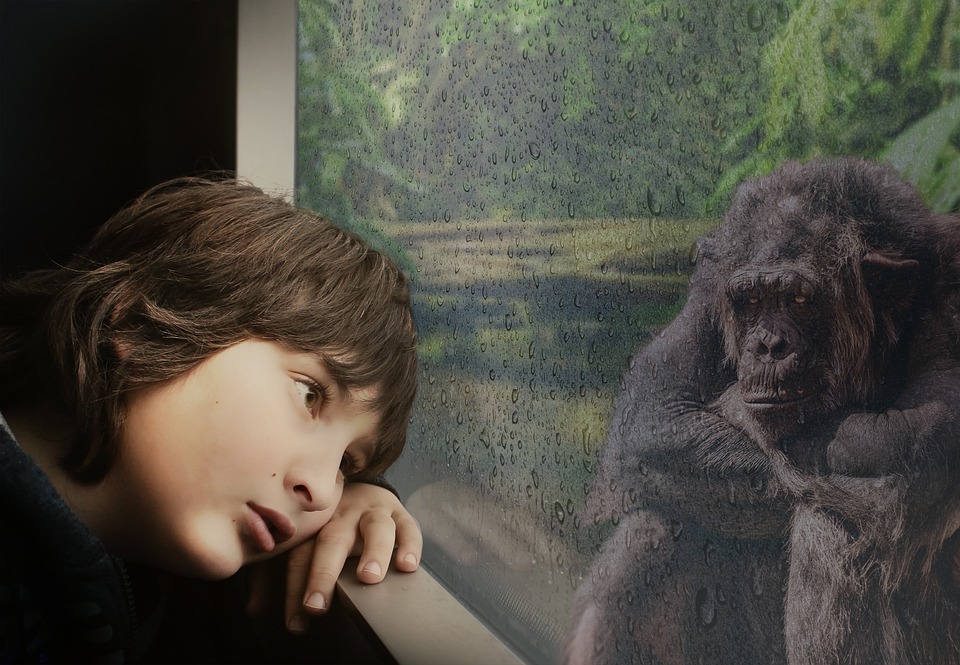The Spanish Renaissance, also known as the Golden Age, was a period of cultural rebirth and artistic excellence in Spain that lasted from the 15th century to the 17th century. During this time, Spain experienced an artistic and intellectual flourishing that was inspired by the revival of classical ideas and ideals from ancient Rome and Greece.
The major themes associated with the Spanish Renaissance were religious devotion, humanism, and a celebration of the natural world. Religious devotion was a significant theme in Spanish Renaissance art, as the Catholic Church was a powerful institution in Spain during this period. Many of the most famous works of art from the Spanish Renaissance depicted scenes from the Bible, such as the Crucifixion, the Last Supper, and the Virgin Mary. Humanism was also an important theme, as Spanish Renaissance artists sought to capture the beauty and complexity of the human form.
In terms of techniques, Spanish Renaissance artists were known for their use of light and shadow, which was a technique known as tenebrism. This technique involved creating a dramatic contrast between light and dark areas of a painting, which helped to give the image a sense of depth and three-dimensionality. The Spanish Renaissance was also characterized by a focus on realism and naturalism, as artists sought to capture the world as it truly appeared.
Compared to other European countries, the Spanish Renaissance had a unique style that was characterized by a combination of Italian and Flemish influences. Spanish artists were heavily influenced by the Italian Renaissance, which had already spread throughout Europe by the time the Spanish Renaissance began. However, Spanish artists also drew on the traditions of Flemish painting, which emphasized realism and naturalism. This combination of Italian and Flemish influences gave Spanish Renaissance art a distinctive style that set it apart from the art of other European countries.
One of the most famous artists of the Spanish Renaissance was Diego Velázquez, who is best known for his portraits of the Spanish royal family. Velázquez was known for his use of tenebrism and his ability to capture the essence of his subjects with incredible accuracy. Another important artist of the Spanish Renaissance was El Greco, who was heavily influenced by the Italian Mannerist style. El Greco’s work was characterized by elongated figures, bright colors, and a strong sense of movement. Other notable artists of the Spanish Renaissance include Francisco de Zurbarán, Bartolomé Esteban Murillo, and Alonso Cano.
In conclusion, the Spanish Renaissance was a period of great artistic and intellectual achievement in Spain that was characterized by themes of religious devotion, humanism, and a celebration of the natural world. Spanish Renaissance artists were known for their use of tenebrism, realism, and naturalism, and they drew on a combination of Italian and Flemish influences to create a unique style that set their work apart from that of other European countries.












